How pediatric home care can reduce emergency room visits
Reducing Pediatric Emergency Visits: The Power of Home-Based Care

Understanding the Impact of Pediatric Home Care on Emergency Department Utilization
Pediatric emergency departments (EDs) witness approximately 34 million visits annually in the USA, often driven by non-urgent conditions, gaps in primary care, or social determinants of health. Implementing pediatric home care and integrated primary care strategies have shown promise in reducing unnecessary ED visits. This article explores how comprehensive home-based services, including mental health support, care coordination, and innovative programs, contribute to safer, more effective management of children's health outside hospital settings, thereby easing the burden on emergency services.
Effectiveness of Hospital-Integrated Primary Care Units (HPCUs) in Diverting Non-Urgent Cases
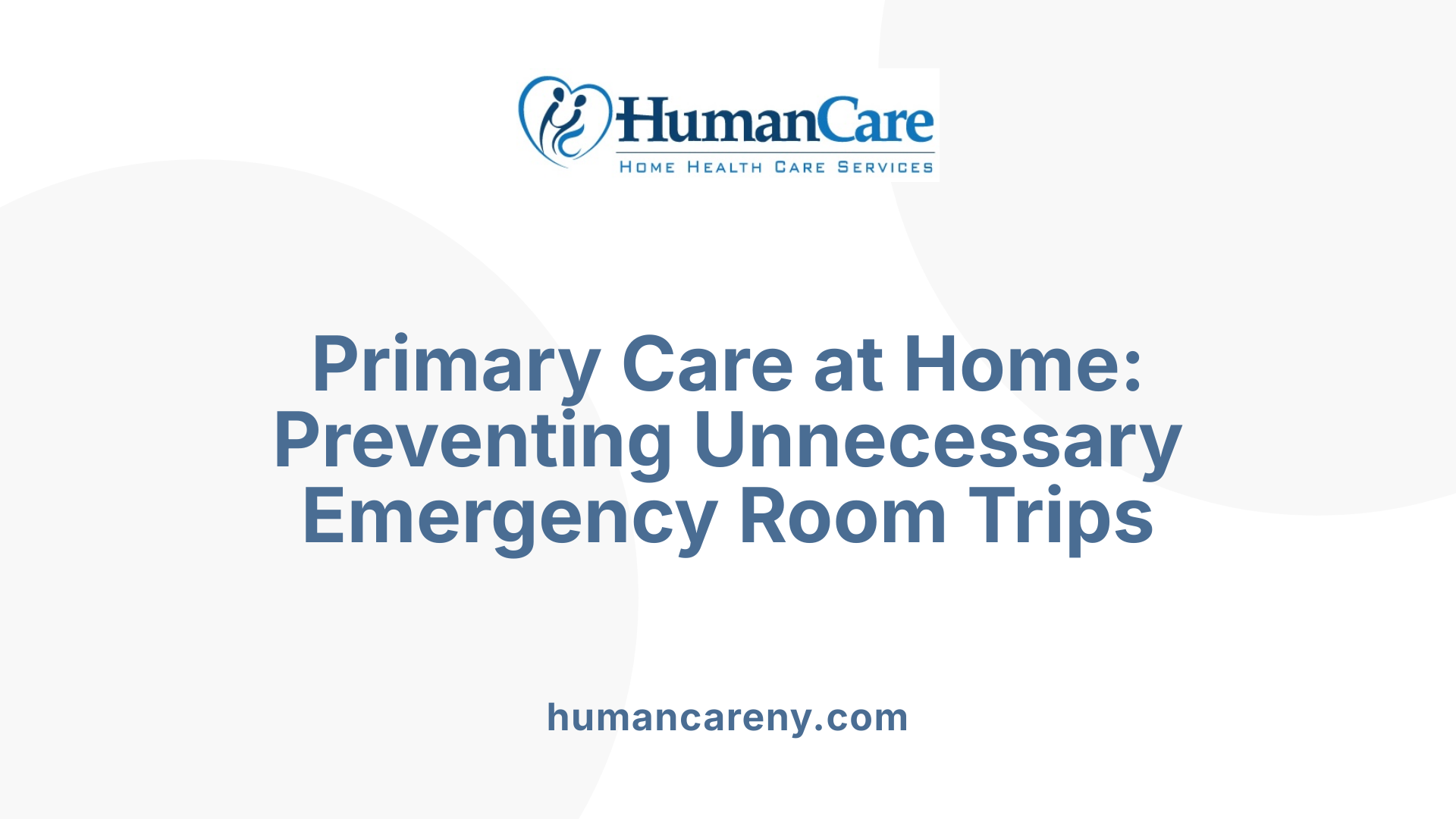
How does pediatric home care help reduce emergency room visits?
Pediatric home care plays a crucial role in decreasing emergency department (ED) visits by offering continuous, specialized care within the child's home environment. This approach enables healthcare providers to address minor health issues early, preventing these conditions from worsening and requiring urgent ED visits.
Through regular assessments, medication management, wound care, and therapy, home health care ensures ongoing monitoring of the child's health status. Personalized care plans are tailored to each child's needs, facilitating timely interventions that can avert emergencies.
Moreover, involving families in the care process and providing health education increases their confidence and competence in managing everyday health problems. This empowerment allows caregivers to handle smaller issues at home, reducing the impulse to seek emergency care.
The familiarity and comfort of receiving care at home not only support quicker recovery but also aid in managing chronic illnesses effectively, thus minimizing disruptions that might lead to emergency visits. Addressing social determinants such as transportation and housing needs through home health services further supports health stability.
Overall, pediatric home care alleviates stress on emergency services, improves health outcomes, and offers cost savings by preventing unnecessary hospital trips. It aligns with broader healthcare strategies aimed at establishing integrated, patient-centered care models that emphasize prevention and early intervention.
Role of Pediatric Home Health Care in Managing Chronic Conditions and Preventing Emergencies
How pediatric home care helps reduce emergency room visits?
Pediatric home health care plays a vital role in decreasing emergency room visits by providing continuous, specialized services directly in a child's home environment. This approach allows healthcare providers to manage minor health issues effectively and intervene promptly, preventing conditions from worsening. Regular assessments and personalized care plans help in the early detection of health changes, reducing the likelihood that families need to seek emergency services.
Involving families in ongoing care and offering comprehensive education empower caregivers to handle common health problems confidently and independently. This empowerment decreases anxiety and reduces unnecessary trips to the emergency room. Furthermore, receiving care at home provides a comfortable and familiar setting, promoting quicker recovery and better management of chronic illnesses.
By addressing health issues early and offering ongoing support, pediatric home health care alleviates stress for families and minimizes hospitalizations. Importantly, it also contributes to reducing overcrowding in pediatric emergency departments, ensuring resources are available for children with truly urgent needs.
Overall, integrating home health care into pediatric management improves health outcomes, increases family confidence, and significantly lowers unnecessary emergency visits, making it a crucial component of modern pediatric healthcare strategies.
Improving Care Coordination and Caregiver Perceptions to Reduce ED Visits
How does primary and home-based pediatric care impact the frequency of emergency room visits?
Primary and home-based pediatric care play a vital role in reducing unnecessary visits to the emergency department (ED). When effectively managed, these services proactively address health concerns, provide timely interventions, and support families in ongoing health management. For example, programs like pediatric home health care deliver continuous assessments, medication management, and therapies, preventing the escalation of chronic conditions that often lead to ED visits.
However, caregiver awareness and perceptions significantly influence healthcare utilization. Many families tend to visit EDs for non-urgent issues because they perceive these facilities as more accessible and faster, especially when primary care settings have barriers such as long wait times or difficult travel.
Vital factors such as a child's age—particularly younger infants—recent primary care visits, and caregiver perceptions of care accessibility greatly determine if families seek emergency services. Studies reveal that caregivers who perceive primary care as more convenient, with shorter travel and wait times, are more likely to utilize these services first.
Efforts to improve primary care access, such as same-day appointments, real-time follow-up calls, and patient education, can encourage families to use primary services instead of defaulting to ED visits. Enhancing perceived and actual convenience helps shift care-seeking behavior.
In addition, addressing social determinants of health—like transportation, housing, and food security—through community programs or crisis response initiatives also reduces reliance on emergency services. For example, a crisis response program at Primary Children’s Hospital in Salt Lake City successfully decreased ED visits by providing in-home intervention during crises, including addressing social needs.
Overall, strengthening primary and home-based pediatric care, improving access, and positively influencing caregiver perceptions are crucial strategies in reducing non-urgent emergency room visits and ensuring children receive appropriate, timely care.
Addressing Non-Urgent and Mental Health Situations Through Home Care
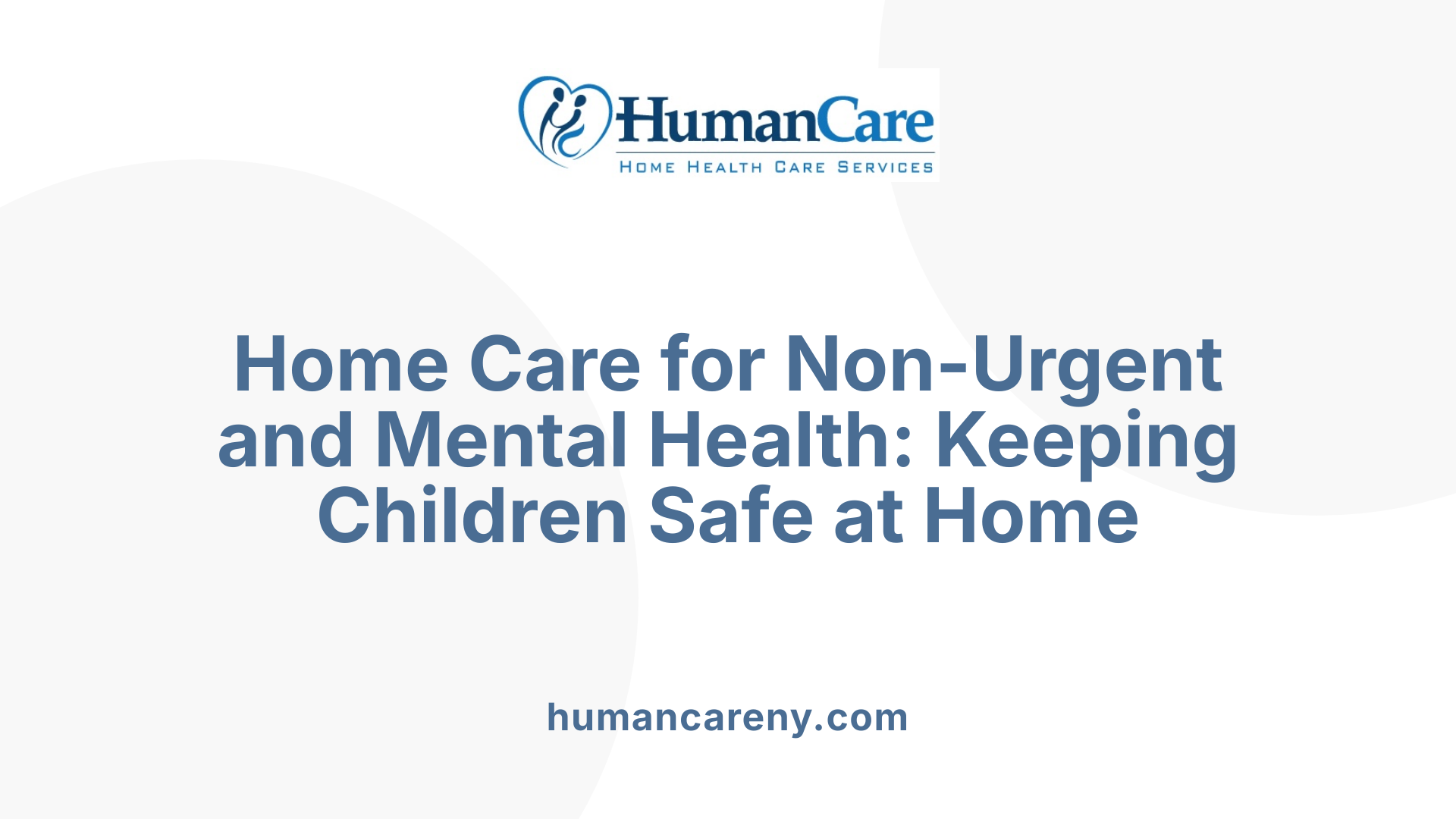
What role does pediatric home care play in managing non-urgent situations to prevent ER visits?
Pediatric home care is essential in managing minor health issues and preventing unnecessary emergency room trips. It provides quick assessments, minor treatments, and parental guidance, making health management more accessible for families. Licensed healthcare professionals deliver ongoing, personalized care, especially for children with chronic or complex conditions.
In the home setting, treatments such as wound care, medication management, and therapies can be administered comfortably and efficiently. Parents receive education on recognizing symptoms and handling non-urgent issues, which builds confidence and reduces reliance on emergency services. Home care supports timely medical interventions, minimizes hospital readmissions, and prevents conditions from worsening.
This approach ensures children stay safe and comfortable at home while maintaining their routines. It also allows healthcare providers to closely monitor health status, tailor treatments, and address emerging concerns early. Overall, pediatric home care reduces unnecessary ED visits, enhances health outcomes, and offers a more family-centered way to care for children outside urgent care settings.
Impact of Mental Health and Crisis Response Programs in Reducing ED Visits

How do pediatric home care programs, including mental health support, contribute to reducing emergency room visits?
Pediatric home care programs, especially those incorporating mental health support, significantly contribute to decreasing emergency department (ED) visits by providing proactive, specialized care directly in the child's home setting. These programs aim to manage health issues early before they escalate into emergencies.
One important aspect of these services is the deployment of crisis intervention teams that respond quickly to mental health crises at home. These teams often include trained clinicians who can assess, de-escalate, and stabilize a child's condition promptly, reducing the need for costly ED visits.
Components like mobile response units and in-home stabilization services are integral. Mobile response teams are available within hours of a crisis report, providing immediate support, assessment, and treatment. This rapid response can often prevent a situation from worsening enough to require ED care.
Furthermore, coordinated mental health programs such as intensive outpatient (IOP) care and comprehensive community mental health networks help address complex mental health needs proactively. They offer ongoing support, therapy, medication management, and case coordination, which stabilizes children and reduces the likelihood of emergency episodes.
The overall impact of these targeted programs is a marked reduction in crisis-related ED visits. They not only decrease healthcare costs but also improve patient experiences by avoiding the stress and trauma associated with emergency hospitalizations. Additionally, these services help families feel more supported and empowered to manage their child's mental health conditions effectively at home.
Research indicates that integrating mental health crisis services within pediatric home care improves clinical outcomes significantly. It addresses social determinants of health, supports families during vulnerable times, and reduces the overall strain on emergency healthcare resources, making them a vital component of modern pediatric care strategies.
Enhancing Access and Emergency Response with Telehealth and Rapid Interventions

How does pediatric home care help reduce emergency room visits?
Pediatric home care plays a vital role in decreasing unnecessary emergency room (ER) visits by providing continuous, specialized care in a familiar setting. When children with chronic conditions or minor illnesses receive regular assessments, medication management, and therapeutic interventions at home, early symptoms are identified and addressed promptly.
This proactive approach prevents minor issues from developing into emergencies that require ER visits. Family involvement is also crucial; education provided to caregivers increases their confidence in managing health conditions, which reduces the likelihood of seeking urgent care in unfamiliar environments.
Additionally, personalized care plans and ongoing monitoring help healthcare providers track the child's health status closely, facilitating timely adjustments and avoiding crises. This not only improves health outcomes but also alleviates stress for families and reduces the burden on pediatric emergency departments.
By integrating home health care with telehealth and rapid response strategies, the healthcare system can further support families in managing health issues effectively, ensuring children receive the right care at the right time, outside of emergency settings.
Policy Reforms and Workforce Improvements to Support Pediatric Home Care
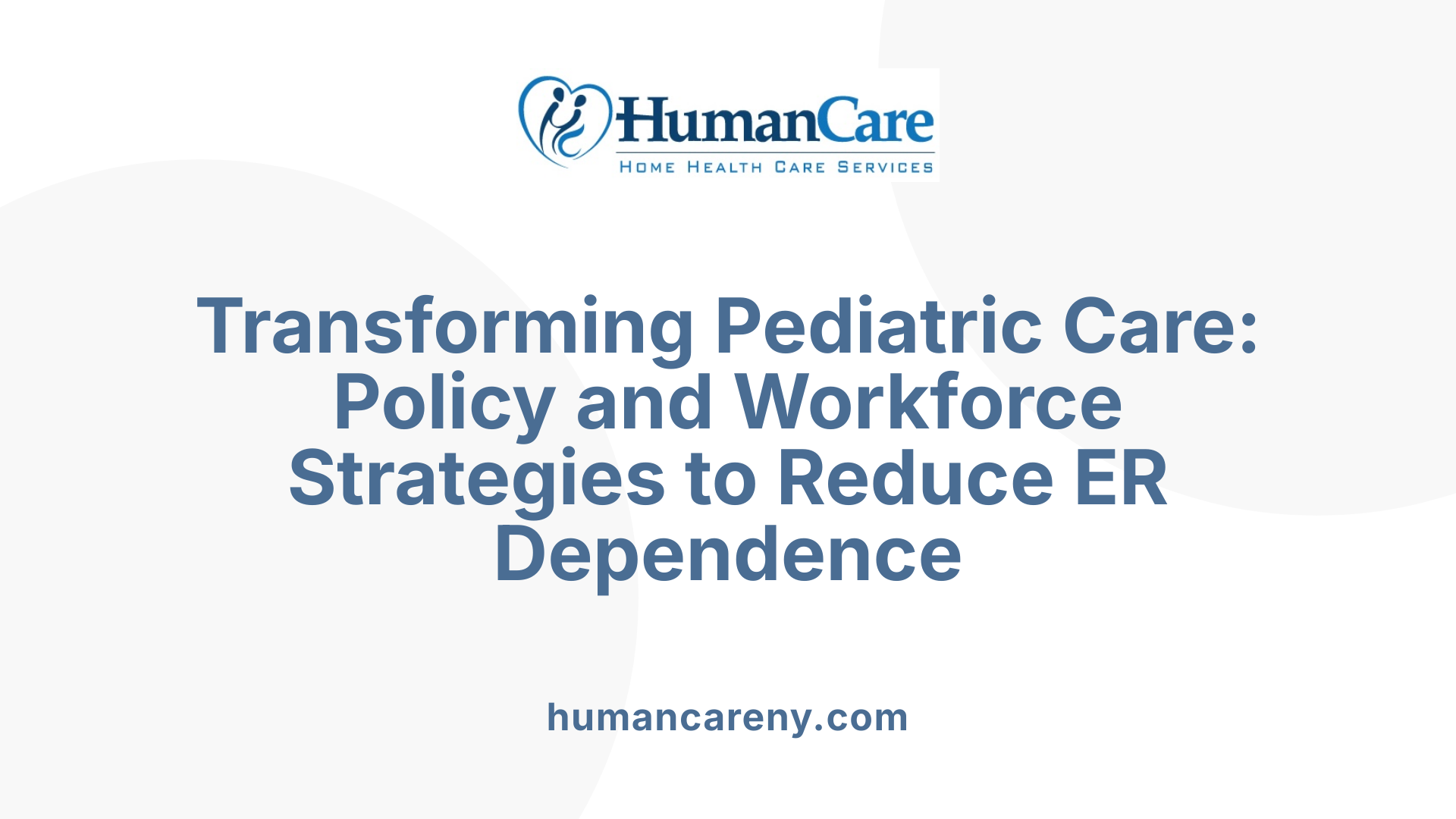
What strategies are used in pediatric home care to decrease emergency department utilization?
Pediatric home care programs employ multiple strategies to reduce unnecessary emergency department (ED) visits. Ensuring 24/7 access to healthcare providers through continuous monitoring and rapid response services allows families to obtain timely medical advice without resorting to emergency care.
Expedited scheduling and same-day appointments are crucial, especially for children with complex medical needs. These services provide immediate care options that can prevent deterioration of health conditions, thus avoiding ED visits.
Telehealth platforms and hospital consultation services further support prompt management of health concerns. These tools enable healthcare providers to assess symptoms remotely and recommend appropriate interventions.
Care redesign initiatives, including the formation of dynamic, patient-centered care teams and the development of personalized care plans, help manage chronic conditions effectively at home. Patient registries and data-driven approaches identify high-risk families, allowing targeted interventions such as urgent follow-up calls and rapid appointment scheduling, which lead to significant reductions in ED utilization.
Improving access to primary care through walk-in clinics, community-based initiatives, and addressing social determinants like transportation and housing also influence caregiver decisions, decreasing the likelihood of unnecessary ED visits.
Coordination among hospitals, home health agencies, and community health systems is vital. Implementing policy reforms that promote integrated care, along with technological tools for better communication, can streamline service delivery and create a supportive environment for reducing emergency visits.
Harnessing Home Care to Reduce Emergency Burden and Improve Child Health Outcomes
The integration of pediatric home care services into the broader healthcare system presents a powerful strategy to reduce unnecessary emergency department visits. From specialized management of chronic conditions and mental health support to rapid response programs and enhanced primary care access, these initiatives facilitate timely, effective care in familiar settings. Continued policy reforms, investment in workforce training, and leveraging telehealth technologies are essential to expanding access and ensuring sustainable, high-quality home-based pediatric care. As evidence accumulates on the benefits of such models, healthcare providers, policymakers, and families must collaborate to prioritize home care strategies that promote safety, satisfaction, and cost-effective pediatric health management.
References
- Adjacent Primary Care May Reduce Less Urgent Pediatric ...
- How Pediatric Home Health Care Supports Children with ...
- Importance of medical home domains on emergency visits ...
- Pediatric non-urgent emergency department visits and prior ...
- Reducing Emergency Department Utilization
- Home Health Care For Children With Medical Complexity
- Preventing Mental Health Crises and Emergency ...

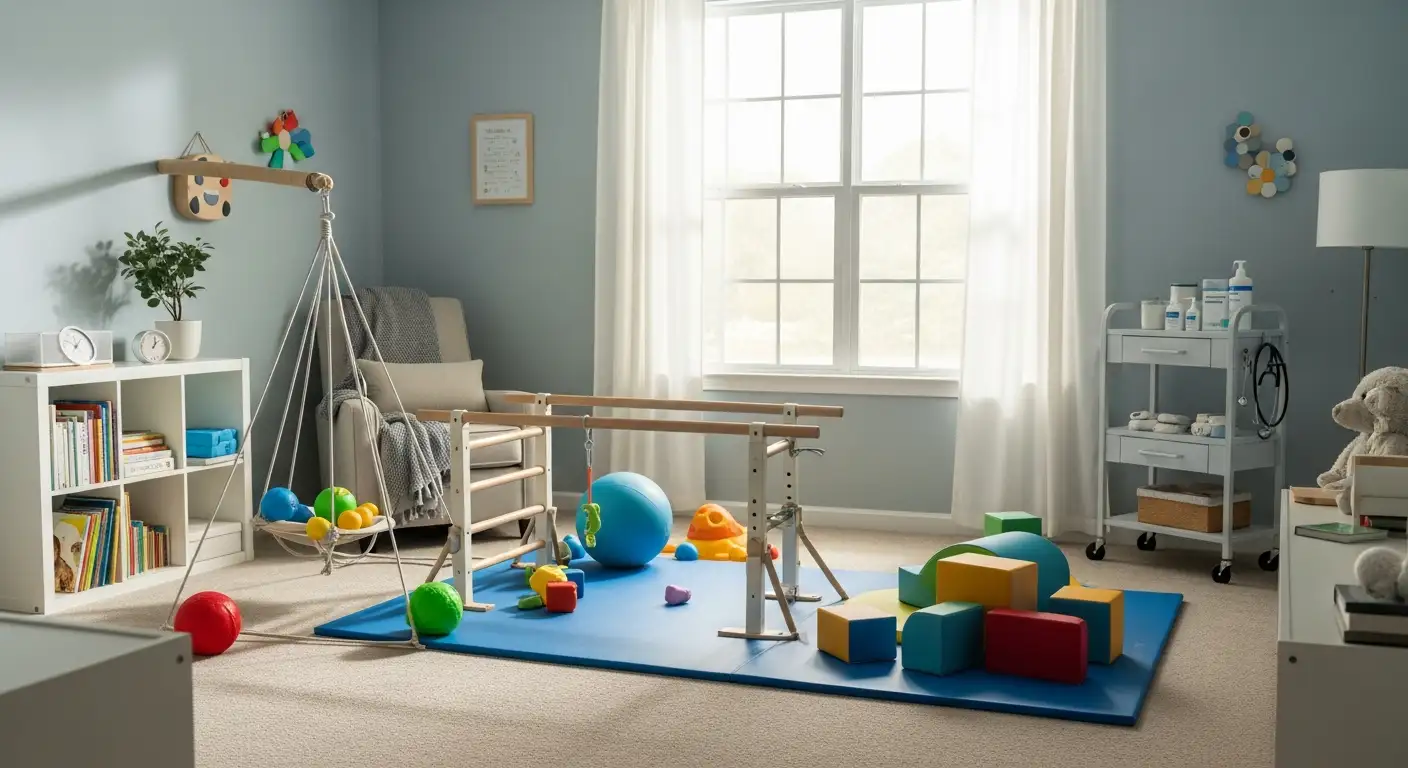
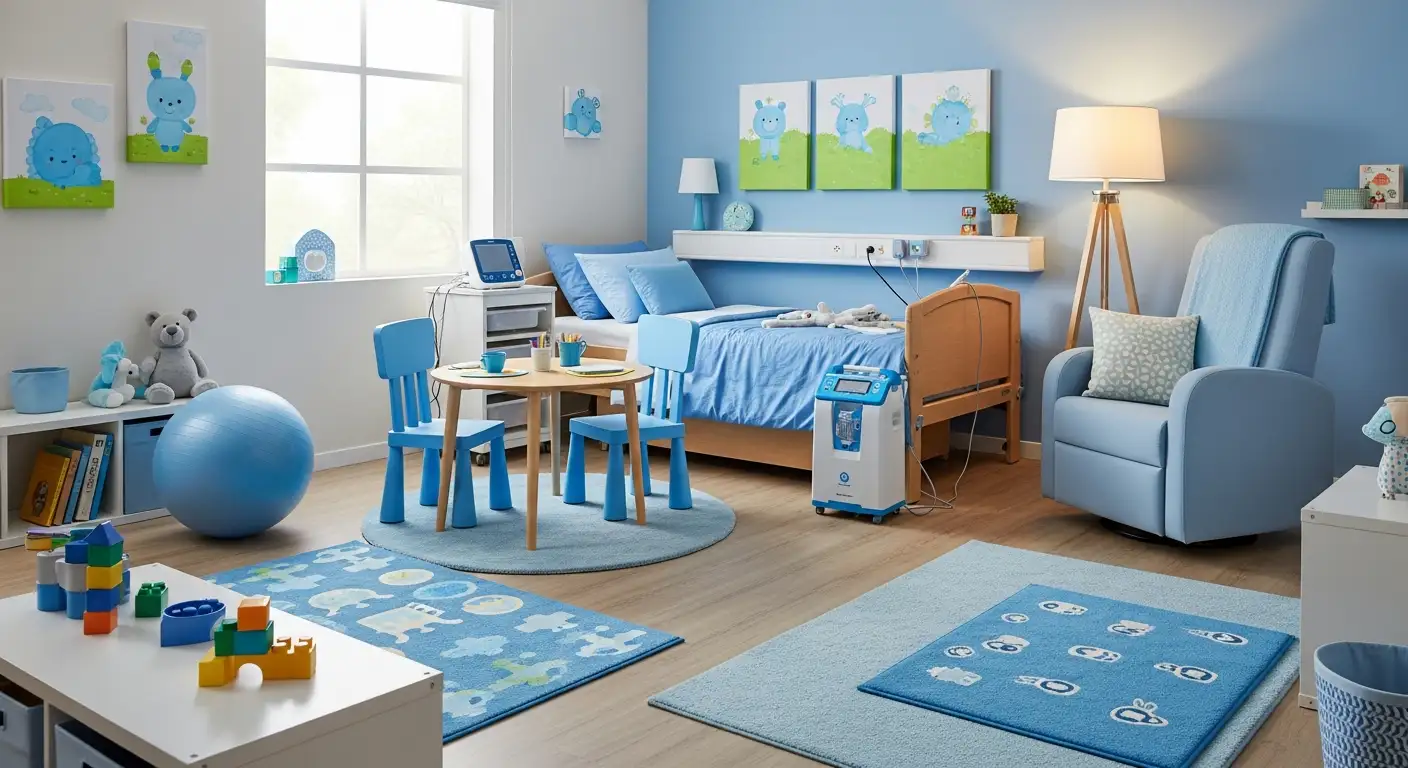

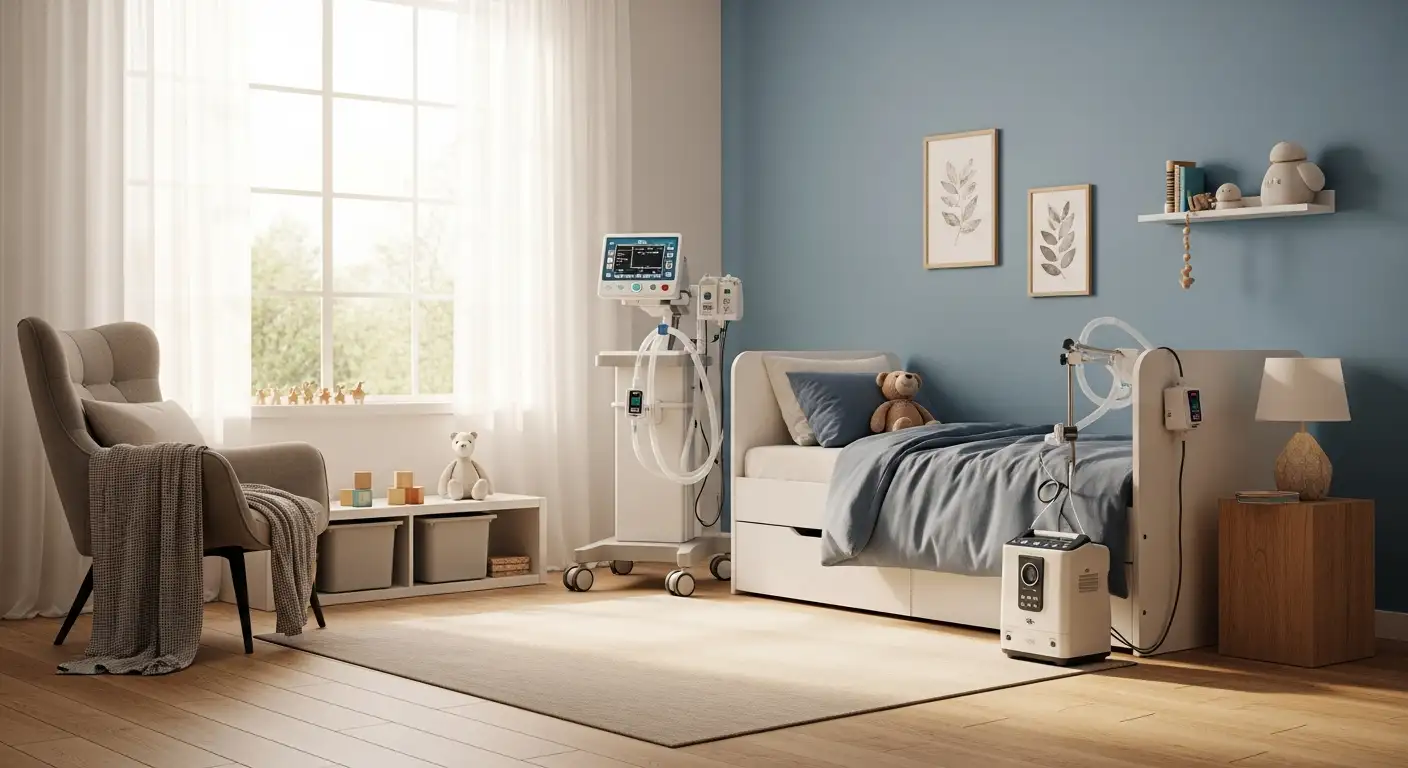
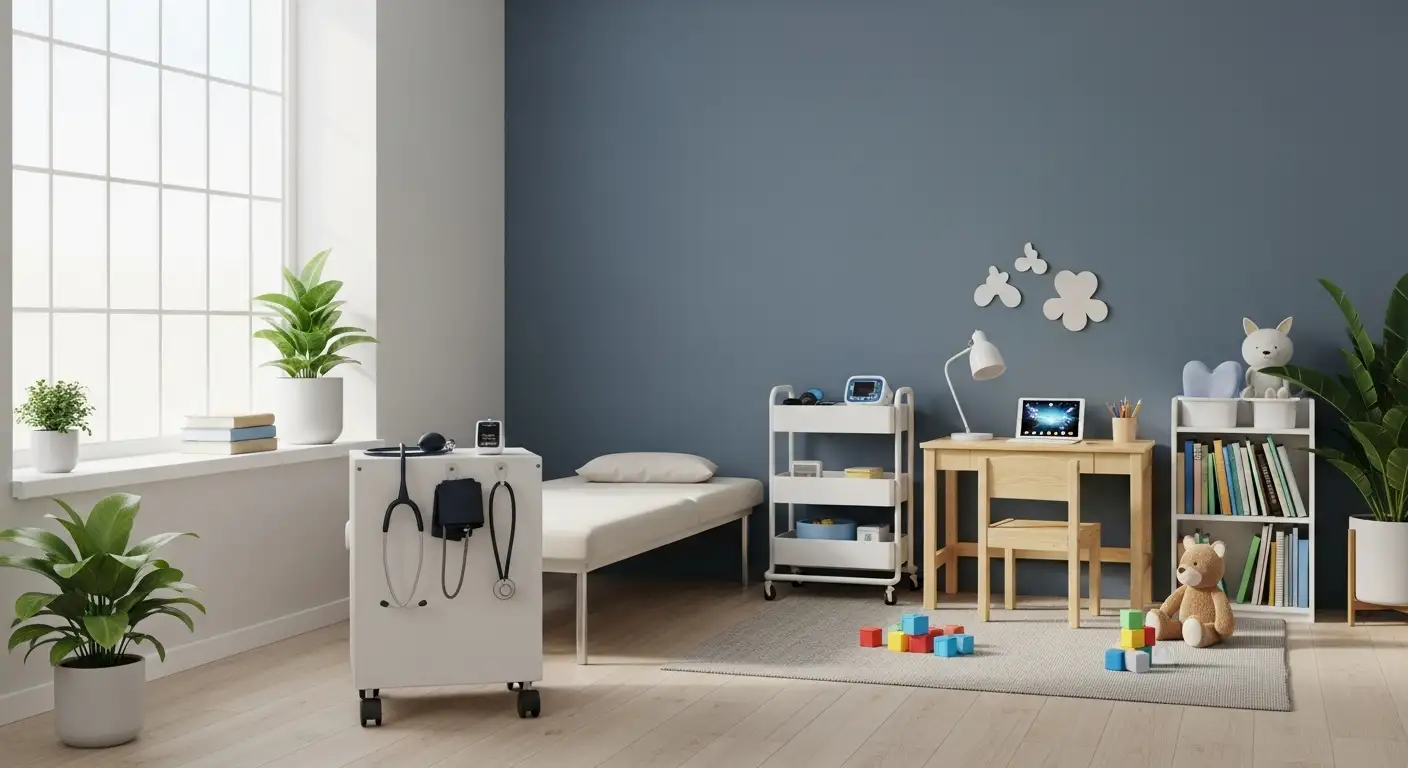
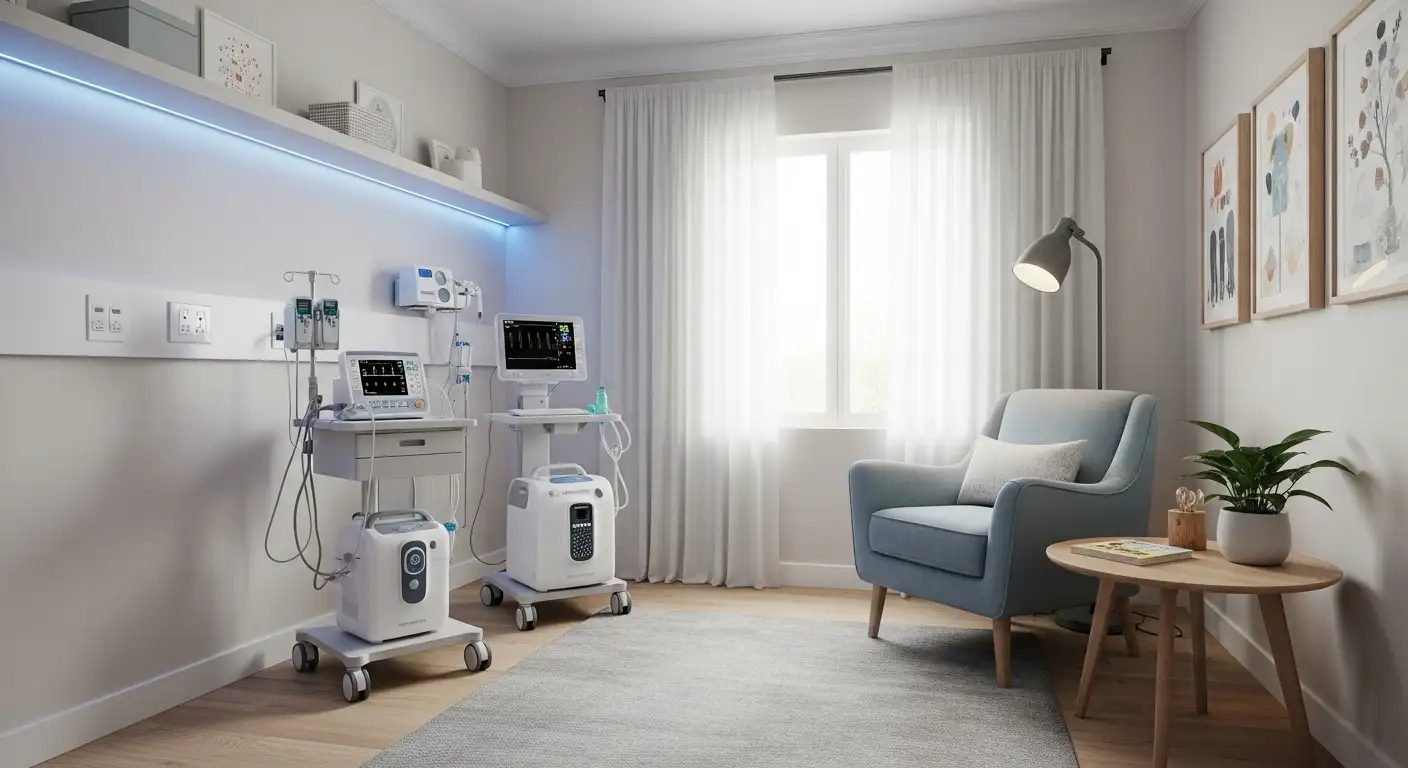



















































































.avif)



